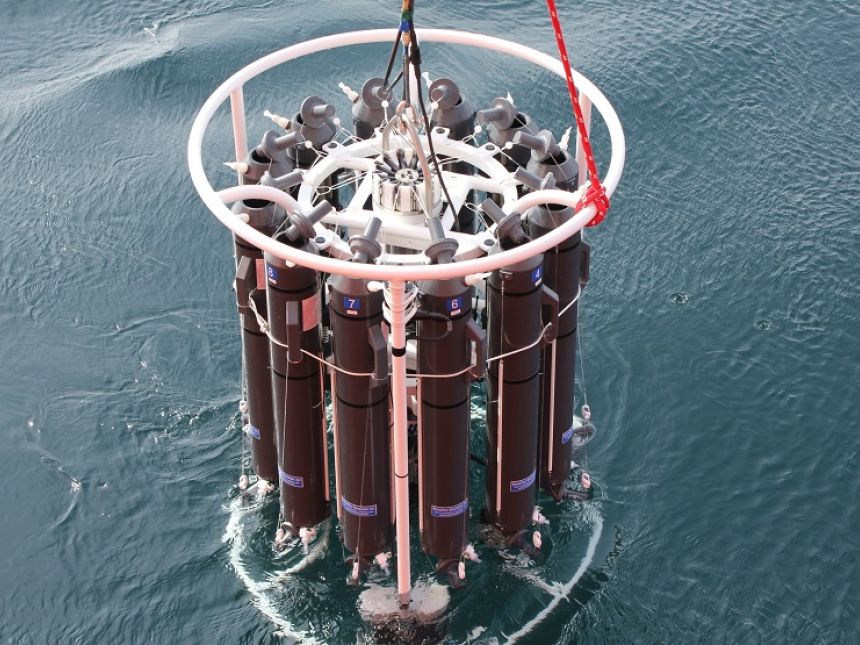
The first lead measurements from the Amundsen Sea
The global scale of lead (Pb) contamination from industrial sources has been well documented; anthropogenic lead, mainly from combustion of leaded gasoline, has been detected in remote sites including samples of Arctic and Antarctic surface ice and ocean deep waters. However, decreases in environmental Pb-contamination following the near-global phase-out of leaded automobile gasoline, beginning in the 1970s, have since been observed.
- Consequently, a reasonable expectation is that industrial Pb-concentrations have also measurably decreased in the Southern Ocean following the virtual elimination of leaded gasoline in the Southern Hemisphere, Kuria Ndungu, a Research Scientist at The Norwegian Institute for Water Research, says.
In a recent study, published as the cover article in the current issue of Environmental Science & Technologyjournal, Ndungu and American colleagues tested this hypothesis in the Amundsen Sea, a shelf region of West Antarctica in the Southern Ocean.
- We chose this region because the effects of global climate change in West Antarctica are especially pronounced: Glaciers that drain into the Amundsen Sea Embayment are among the world’s fastest dischargers of ice into the ocean, Ndungu says.
The scientists measured both Pb concentrations and Pb isotope compositions of seawater and sediments.
- The results of our study show that most (∼60− 95%) of the lead at our sites, at the time of sampling, is natural in source: that is, derived from the weathering of Antarctic continental rocks, says Ndungu.
- As climate change continues to drive ocean circulation changes, we hypothesize that the overall flux of lead in the Amundsen Sea will decrease, as industrial atmospheric lead emissions continue to decline.
The scientists conclude that lead budgets for this region are projected to change over the next few decades.
- We also hypothesize that a greater proportion of that Pb flux will be natural Pb from sedimentary sources and basal meltwater, which is thousands of years old, due to changes in ocean circulation. As a result, Pb budgets for this region, and for the greater Southern Ocean, are projected to change over the next few decades as a result of both reductions in atmospheric emissions of industrial lead and increases in atmospheric emissions of industrial CO2, Kuria Ndungu concludes.